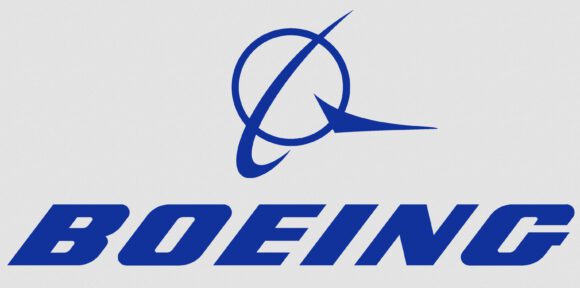The item behind this post comes from here. The key item to focus on: “Closer to home, the advantages and disadvantages of an airline having a single fleet and having aircraft from only one manufacturer are already being discussed in the media, on Wall Street, by the aviation industry, and by SWAPA members. It is a very complex issue, both financially and safety-wise.”
This is the question Boeing must dread. Southwest Airlines built its entire business on the 737. If Southwest’s pilots now question the airline’s core issue of having a fleet based on one aircraft, then how will this draining of confidence play out?
Moreover, the pilots also note: “Congress will have to debate their 2004 decision where they granted the FAA authority to expand the role of aircraft manufacturers via an “Organization Designation Authorization” (ODA), delegating much of the FAA’s regulatory oversight to the companies it oversees.” This is a more complex issue because Congress has not been a cornucopia of aviation wisdom.
Let’s focus on the pilots questioning the airline’s risk profile which has risen by being a solo source fleet. The need to ask the question is obvious. The MAX is compromised. The statement has language that is eye-opening: “the very one-sided duopoly that Boeing enjoys and the anti-trust issues that accompany this long-overlooked issue”; “Boeing will, and should, continue to face scrutiny of the ill-designed MCAS and initial non-disclosure of the new flight control logic.
Airline management cannot ignore these statements. They must take into account pilot confidence in their tools. Lack of confidence in the MAX can be devasting to the airline’s plans. Southwest has 200 MAXs on order. How this plays out at Southwest is something to watch.
Meanwhile, what can the fleet planners at the airline consider? There are two excellent options as it happens.
Southwest plans to have about 60% of its fleet in the size bracket of the 737-700. Currently, that is 143 seats. The MAX7 on order comes with 150 seats. But if the airline decides to move away from that choice, what options are there?
Embraer E2
The first choice, in our view, might be the E195-E2. Despite the 132 seating (with Southwest 32 inch pitch) if all economy being fewer than the 700NG, there is a tie between Embraer and Boeing. Boeing will not be pleased with losing MAX orders from Southwest, but that can be ameliorated by using the E2. The E2 will likely offer better economics than the MAX7. It will also be able to fly into smaller markets. This becomes very important to consider when one factors in Moxy and Xtra. Southwest will not want to forgo even one market to these two new entrants. To best squeeze them out, the E2 is probably a better tool.
Airbus A220
The second choice is that Southwest considers the A220, which comes in two flavors, but we consider the A220-300 as the more logical choice. With 141 seats the aircraft offers more revenue potential and is also light which allows serving smaller markets. This is the Moxy tool of choice as well. But selecting the Airbus will see Boeing react negatively.
The Bottom Line
Southwest is a very big Boeing customer, and might not be too concerned about Boeing’s sensitivities – so even if it goes with the A220, Southwest’s decision to derisk its fleet can be accomplished with worrying too much about Boeing. That the airline needs to consider a better solution than the MAX7 is not hard to fathom. Moreover, its experience with the MAX has lead to its pilots not being especially enamored with Boeing. The MCAS has undermined confidence.
Bottom line – the decision is Southwest’s and Boeing may yet suffer an awkward deselection.
Views: 0





Southwest should stick to Boeing and the 737 and its successor. Period.
No reason to switch especially in favor of the A220, né CSeries.